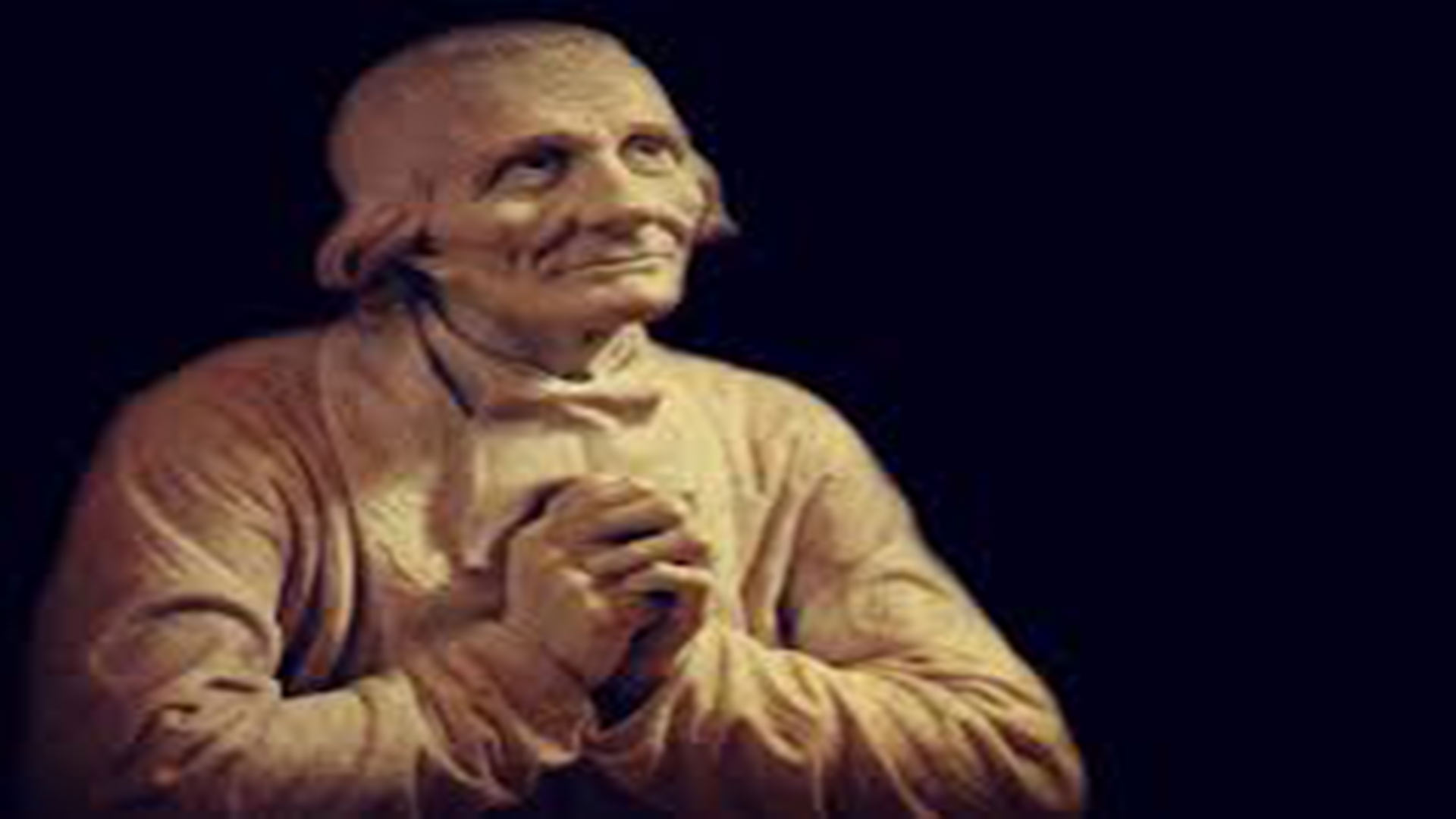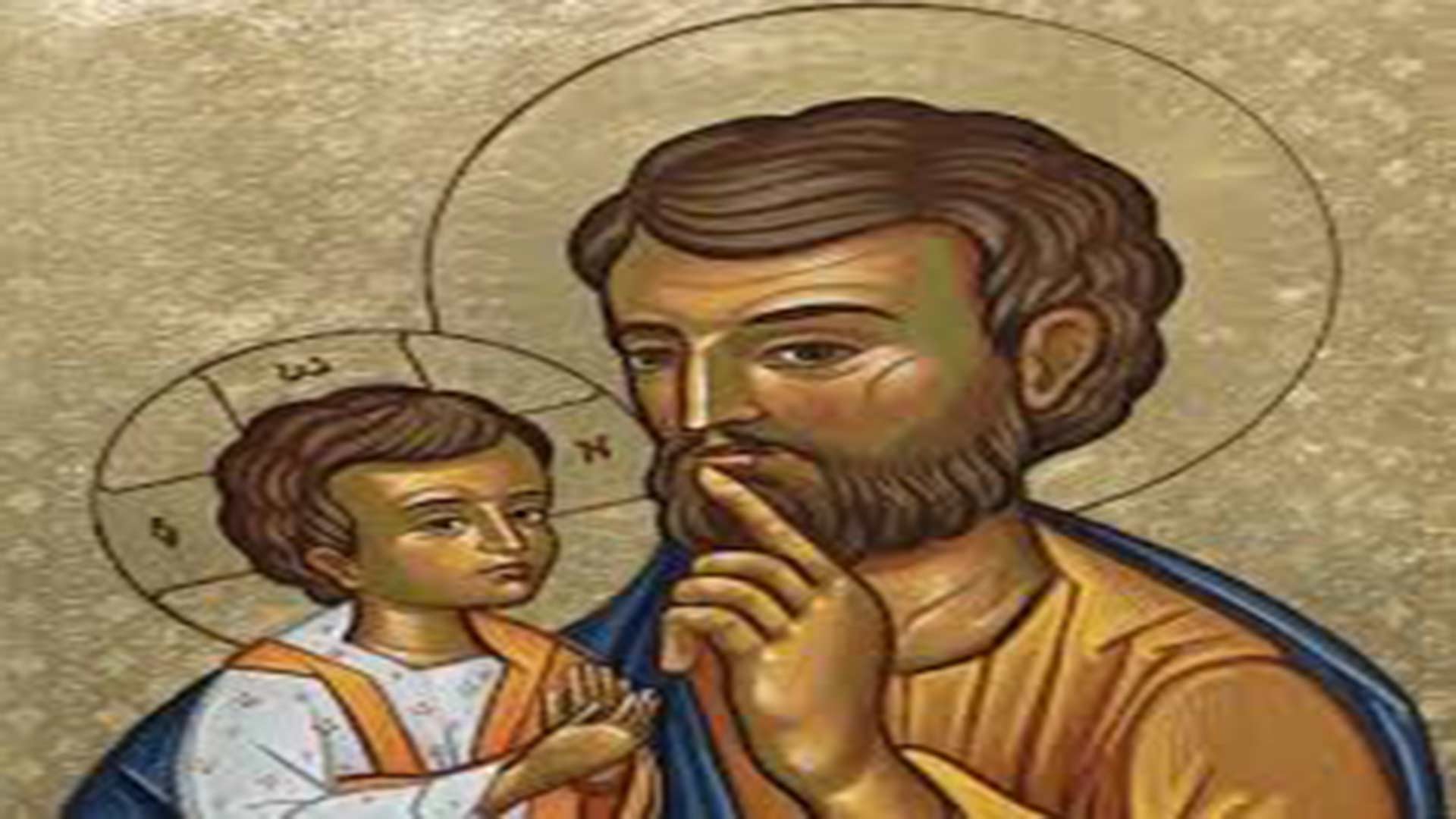The Curé of Ars: a Fool for Christ
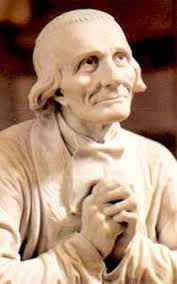 Some thirty years ago, I was touched by The Little Catechism of the Curé of Ars. The book contained select passages from the sermons and writings of one who had scraped through the seminary but ended up teaching even exalted churchmen. The book comprised his sage counsel on thirty-six important topics – Catholic wisdom stated in a simple, sublime, penetrating way.
Some thirty years ago, I was touched by The Little Catechism of the Curé of Ars. The book contained select passages from the sermons and writings of one who had scraped through the seminary but ended up teaching even exalted churchmen. The book comprised his sage counsel on thirty-six important topics – Catholic wisdom stated in a simple, sublime, penetrating way.
Amazing Life
I was simply curious to know about the life of this spinner of divine tales. He was none other than St Jean-Baptiste-Marie Vianney (1786-1859), a modest priest who transformed Ars, a non-descript parish in France, into a spiritual hub, thanks to his soothing confessions and zealous preaching.
Vianney was a born in a revolutionary age but spurned the revolution. In the face of the anticlerical sentiment of the Reign of Terror in France, he got to make his first communion and confession only at 11 years of age. Meanwhile, the heroism of the priests and nuns who had risked their lives for their faith impressed him. He felt a strong call that to pursue the priesthood but struggled with his theological studies. In 1815, he was finally ordained “though compassion”.
In 1818 he was appointed to Ars. The simple priesthood he exercised there, guided by prayer, fasting and penance, changed the village and infected the world with reports of his holiness. He was devoted to the Blessed Virgin Mary and to St Philomena. Most dedicated to the sacraments of the Holy Eucharist and Penance, he spent hours and hours before the Blessed Sacrament and in the confessional.
Always in awe of the priesthood, he said, “If I were to meet a priest and an angel, I would first greet the priest and then the angel… If there were no priest, the passion and death of Jesus would serve no purpose. What use is a treasure chest full of gold if there is no one who can unlock it? The priest has the key to the treasures of Heaven.”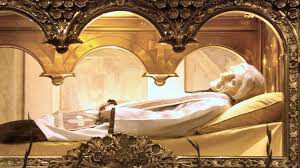
By 1827 Ars had become a pilgrimage site, and, from 1845 until Vianney’s death in 1859, thousands from all stations of life visited that model parish to hear his preaching, make their confession, and be counselled by him. Pope Pius XI canonised him in 1925 and later declared him Patron of the Parish Priests. His body lies incorrupt and preserved in a glass coffin in the basilica of Ars.
Secret Hour
Somehow, I can’t help thinking of Chesterton’s “Donkey”. Prizing his unique encounter with Christ in Jerusalem, this beast of burden quietly thought of all those who despised him as mere “Fools! For I also had my hour, One far fierce hour and sweet…”
Likewise, Vianney had only his priesthood to offer and wouldn’t trade it for the world. He lived it intensely to the point that he became an alter Christus. The spirit of God was engraved in his heart. His faith was his knowledge, which he sought not in libraries or amidst the learned, but solely by falling on his knees in prayer.
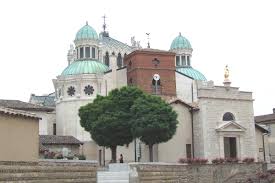
Thereafter there was no stopping him. His prayer flowed through his preaching. They say it was difficult to listen to him and be unmoved, because he preached with his whole being – to packed pews yet to each heart, and as though scanning every secret history. He spoke colloquial French, sometimes grammatically incorrect, yet the congregation got a foretaste of heaven. Mingling with his discourses some happy reminiscences of his shepherd life, he borrowed his similes and metaphors from nature, from the beauties of the country and the emotions of rural life. No wonder, men and women living in a troubled world experienced the peace of God’s word.
But that was not all. A spiritual cure would never be complete without a heartfelt confession, for the Lord never spurns a humble, contrite heart. Here was a Curé, a contemplative who softened the austerity of his ideas through poetic images. His life was restricted to the little world of Ars but his reflections on topical issues touched those who came from far and wide seeking his help. The pastor’s thoughts were deep and sometimes startling enough to stop the penitent in his tracks. For instance, he called the cemetery the home of all; purgatory, the infirmary of the good God; and earth, a warehouse. And he said, very categorically, that a soul after confession requires tears to purify it.
What a fool!
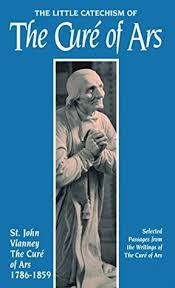
I confess with nostalgia that it is in the Little Catechism of the Curé of Ars that I first encountered the term “infused science”. This refers to knowledge divinely conferred on human beings without previous experience or reflection. Or, according to Père Gratry, who is quoted in the preface: “There is no doubt that, through purity of heart, innocence, either preserved or recovered by virtue, faith, and religion, there are in man capabilities and resources of mind, of body, and of heart which most people would not suspect. To this order of resources belongs what theology calls infused science, the intellectual virtues which the Divine Word inspires into our minds when He dwells in us by faith and love.”
When I first read Vianney, it struck me that wise fools are they who are anointed by the Lord with an infused science that makes all things possible. In the words of St Paul, “We are fools for Christ's sake, but you are wise in Christ.” (1 Cor 4: 10)
St Joseph: unsuspecting, silent, forgotten
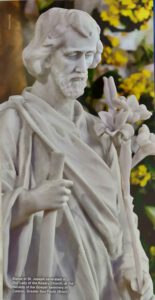
Those three adjectives popped into my head as I spent 1 May pondering the life of the foster father of Jesus. And come to think of it, what do we really know about him? Except for some passages in Matthew and Luke, even the Scriptures have scanty information on his life journey.
Trust and wisdom
Joseph, who was a descendant of the house of King David, exhibited no trappings of royalty. He was only betrothed to Mary, a virgin, when, mysteriously, he found her pregnant. He graciously refrained from condemning her; as “a righteous man and unwilling to expose her to public disgrace” (Mt 1:19), he'd thought of discreetly divorcing her. But this would surely have left the maiden defenceless against a bigoted Jewish society – or so it dawned on him after an angel revealed him God’s magnificent designs. Trusting the divine messenger, he promptly took Mary as his wife. Thus, the role of Joseph who was blessed with expectant faith and total trust would soon prove to be crucial in the history of salvation.
What was Joseph like, as a husband and father, professional and citizen? One thing is for sure – he wasn’t a loudmouth; quietness was his watchword. Soon after Jesus’ birth, he quietly fled with the family to Egypt, escaping carnage of infants at the hands of king Herod of Judea. They returned only after the ruler’s death and settled in Nazareth, far from the glare of the capital city, Jerusalem. He worked as a modest carpenter, and was helped by his divine son. A dutiful citizen that he was, he’d earlier made a trip to his city, Bethlehem, to enrol the couple in the census. Finally, Joseph was a devoted father too; he joined Mary in searching for their son lost in Jerusalem. But then, quite perplexingly, even here we don’t get to hear his voice.
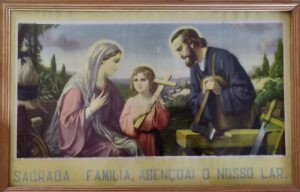
Pope Benedict XVI has stated that Joseph led a “simple and industrious life, cultivating the conjugal relationship with care and fulfilled with enthusiasm the great and difficult educational mission.” (Angelus, St Peter's Square, 19 March 2006) Yet, in modern parlance, we tend to dismiss such a man as lacking l’esprit. So, could it be that Joseph’s portrayal as an old and unattractive man induced the silence that we’ve weaved around him down the centuries? Some believe that his elderly mien is meant to account for his wisdom fit for the father of Jesus. And hopefully, showing him as past his prime would help explain how he abstained from conjugal relations with a young and pretty wife.
While the Pope Emeritus makes ample references to how Joseph treated Mary with love and care, Fulton Sheen, portrays the Saint more dramatically, in The World’s First Love. He profiles him as “probably a young man, strong, virile, athletic, handsome, chaste, and disciplined, the kind of man one sees… working at a carpenter’s bench.” Although society then was probably less conscious of physical attributes than we are today, those are some that would rightly distinguish the holy family of Nazareth. And practically speaking, how else would a man provide for a family of three?
The insightful Archbishop has a take on Joseph’s libido as well: “Instead of being a man incapable of loving, he must have been on fire with love.” But, then, as a counterpoint he sheds light on how “young girls in those days, like Mary, took vows to love God uniquely, and so did young men, of whom Joseph was one so preeminent as to be called the ‘just’. Instead, then, of being dried fruit to be served on the table of the King, he was rather a blossom filled with promise and power. He was not in the evening of life, but in its morning, bubbling over with energy, strength, and controlled passion.”
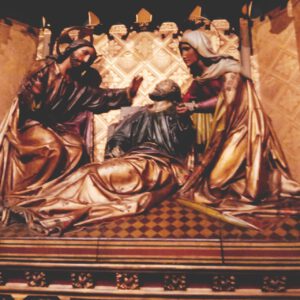
That’s how Joseph must have lived the elevated life that God had called him for. The circumstances of his death are unknown, but it is surmised that he died before Jesus’ public life began, if not, certainly before the Crucifixion (Jn 19: 26-27). We could reason out that God thus saved him the anxiety of seeing Jesus vilified in his public ministry: really, how would a father – an honourable man – take it lying down? It might have well compelled him to come out into the open and defend his son. But if this conjecture be false, God for sure saved him from the cruelty of witnessing the humiliating death of his Son on the Cross.
Honouring Joseph
Be that as it may, Joseph was an unsuspecting man, for he trusted in the Lord; he was silent, as he knew how to take it all in his stride. So now the moot question is: why do we forget him so very easily?
Curiously, veneration of Joseph began in his land of self-exile, Egypt, and the same took about thirteen centuries to take root in the West. This finally happened when the Servites, an order of mendicant friars, began to observe his feast on 19 March, the traditional day of his death.
Later promoters of the devotion included Pope Sixtus IV, who introduced the feast circa 1479, and the celebrated sixteenth-century mystic St Teresa of Avila, who attributed her miraculous cure of paralysis to him. After Mexico, Canada, and Belgium declared Joseph their patron, Pope Pius IX in 1870 declared him patron of the Universal Church. In 1955, Pope Pius XII established the Feast of St Joseph the Worker on 1 May as a counter-celebration to the communist-sponsored May Day.
A feast day, however, should rise above tokenism. We must therefore have recourse to this admirable saint – emblematic of the world's forgotten fathers – in the ups-and-downs of our daily life. No artist or writer has captured the essence of the man as beautifully as the litany in his honour has: “St. Joseph – chaste guardian of the Virgin, foster father of the Son of God, diligent protector of Christ, head of the Holy Family, most just, most chaste, most prudent, most strong, most obedient, most faithful.”

Closer to our times, Pope Benedict XVI highlighted a much neglected aspect of Joseph’s life – chastity – by introducing the reference in the Eucharistic prayer, after Mary: “St Joseph, her Most Chaste Spouse”. (Why many celebrants avoid the operative word is anybody’s guess) The Pope revealed that his predecessor, John Paul II, who was devoted to St Joseph, and dedicated to him the Apostolic Exhortation Redemptoris Custos (Guardian of the Redeemer), experienced his assistance at the hour of death.
In an era when fatherhood is relegated to the background even in birth certificates; masculinity is equated with machismo; and chastity disdained in the age of the sexual revolution, we are invited to emulate the counterexample of St Joseph.
In particular, on 1 May, let us make Pope Pius X’s Prayer to the Model of Workers our own, so that our labour and toil may draw abundant fruit in this valley of tears, particularly given the rapid and complex changes due to happen in the covid and post-covid eras.
(To the memory of my parents Fernando de Noronha and Judite da Veiga, on their 56th wedding anniversary)
Credits:
Pic 1 - Statue at Our Lady of the Rosary Church, Heralds of the Gospel Seminary, Caeiras, Greater São Paulo, Brazil. Taken from the magazine of the Heralds of the Gospel (Vol. V, No. 43, May 2011)
Pic 2 - Frame that my parents made it a point to gift to each of their five sons at their marriage.
Pic 3 - Death of St Joseph: panel of the Church of Our Lady (Onze Lieve Vrouwekerk, Amsterdam). Information provided by my friend Caetano Filipe Colaço (Margão/Dona Paula)
Pic 4 - Prayer to St Joseph, Model of Workers, composed by St Pius X. Source: magazine of the Heralds of the Gospel (as above)
(Also published in The Examiner, December 2021)
